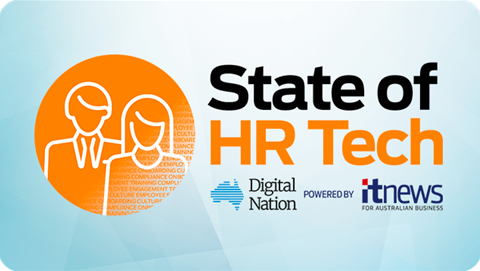Charities often face significant pressures to allocate their funds directly to the organisation's mission, instead of investing in technologies that could improve outcomes.
Paul Ronalds, CEO and global sponsor of Save the Children discusses the company’s transformation agenda about why investment in digital and data can help the positive impact of a not for profit.
Five years ago, the organisation began transforming its backend. Most NGOs have under-invested in their backend capability as donors don’t want their money going to shared services but rather front line programs.
According to Ronalds 120 staff globally are focusing on making Save The Children much more efficient and effective.
He told Digital Nation Australia, “We've transformed the way that we manage our 25,000 employees. We've transformed the way that we've bought over a billion dollars of goods and services each year through a global source to pay process. We've brought on all of our entities on the common finance systems globally, which has made us more efficient, this transforms the impact that we're having for children.”
Save the Children had already begun into digital transformation agenda pre-COVID. When the pandemic hit, Save The Children had already invested in digitalising many of their functions which meant when it was time to work remotely, 1200 employees made the change seamlessly.
“If we hadn't have done that investment in digital and data transformation we would have had significant problems. What would have been worse is that the communities that depend on Save The Children’s work would have found those services were significantly impacted by our lack of investment in additional data around capability,” Ronalds says.
Technology is one way that charities can work to solve the gap between available resources and current need for charitable services by lowering costs and enabling the organisation to scale, says Ronalds.
Save the Children leveraged AI fundraising solution Dataro to improve efficiency in their giving campaigns. Before implementing Dataro, Save The Children were using in-house software for their campaigns. Ronalds realised Dataro had h deeper capability than what they have in house.
“This was something we had been looking to develop and it was going to be a lot more efficient and a lot faster to market. We have signed up as a customer as well as an investor Dataro and in fact, deployed some of the Dataro's AI capability to our Christmas appeal,” Ronalds told Digital Nation.
Ronalds says he is ensuring NGOs and UN agencies also have access to this technology.
“We look at the way visual data has transformed so many sections in our society. We know that seven of the 10 most valuable companies in the world are tech businesses. Yet in the charity sector, we've been held back by our lack of investment in digital and data.
“This is because donors, have essentially said we don't want you to invest in a space we wanted it to go into the front line work. We miss the opportunity, we've got to turn that around because actually we're doing our mission a disservice by not using the latest technologies to significantly step up our impact,” he said.


_(22).jpg&h=140&w=231&c=1&s=0)


.png&h=140&w=231&c=1&s=0)



_(26).jpg&w=100&c=1&s=0)

 iTnews Executive Retreat - Security Leaders Edition
iTnews Executive Retreat - Security Leaders Edition












_(1).jpg&h=140&w=231&c=1&s=0)



